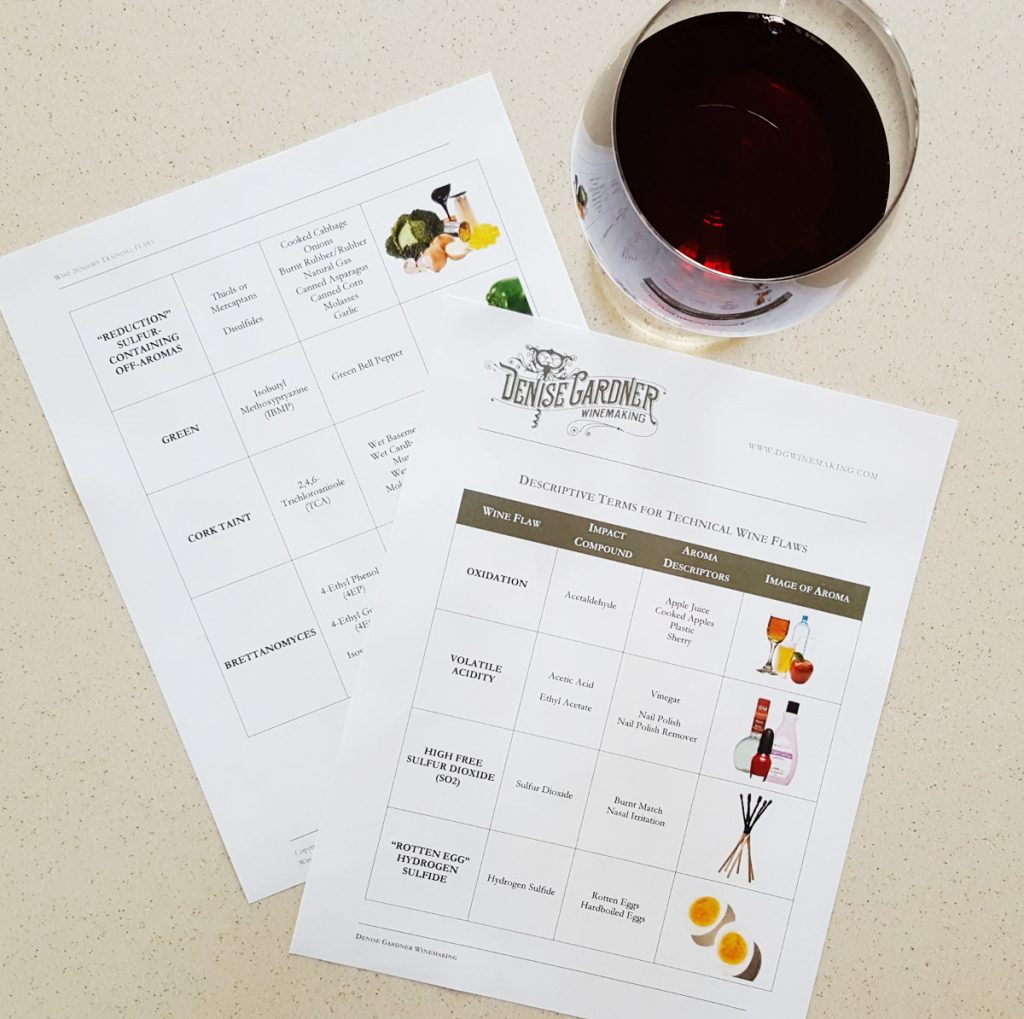
Photo by: Denise M. Gardner
I know.
That is sad, sad news.
But here’s the good news!
There are tried-and-true methods for fixing wines that contain a technical wine flaw. AND, you can learn those methods to take out the guess work of fixing those flawed wines. If you ever became subject to buying expensive product fixes, and were disappointed in the outcome, or heavily rely on “sugar to fix everything” philosophy… I’m going to show you the actual ways to fix those wines.
What are the Technical Wine Flaws
There are a lot of things, subjectively, that can be distasteful in wine.
However, when it comes to the “technical wine flaws,” they are frequently found amongst a broad distribution of wine varieties or styles, can often get confirmed by some sort of wine analysis, and have actual recommendations for prevention and remediation.
These technical wine flaws include:
- Oxidation
- High Volatile Acidity
- Sulfur-Containing Off-Aromas/Flavors
- Green Bell Pepper or Unripe/Green Flavors
- Cork Taint or Musty Aromas
- Brettanomyces Aromas (I know, some of you like this, but based on my definition above, Brettanomyces spoilage is included!)
The Difficulty with Wine Flaws
There are several challenges associated with wine flaws.
The first hurdle is accurately identifying the flaw.
Being able to accurately and consistently identify a flaw in wine is a skill. For example, declaring a wine tastes like VA when, in fact, the wine is oxidized can be problematic. First, the way those flaws are fixed is different. Second, a lack of understanding the flaw that appears in the wines can lead to winemakers changing operations that are incorrect for the addressing the actual flaw.
A more obvious example of this mishap is when winemakers use the term “sulfur” to describe a wine flaw. There are several forms of sulfur-containing components in wine. The components that are volatile (can be sensed through the sense of smell) include sulfur dioxide, hydrogen sulfide, and mercaptans/thiols that are related to both flaws and varietal characters in wine. The existence of each sulfur-containing component in wine generates from a different place, and the way to address each one of those components when found in a wine, varies.
From the outside, if a winemaker tells me the wine smells like sulfur, I have absolutely no idea which form he/she is referring to, and thus, I cannot guide them on how to fix the problem.
This leads to the second hurdle associated with wine flaws: communicating them properly.
Unfortunately, there is a lack of formal, required training amongst winemakers to learn wine flaws. One’s learning is completely based on individual dedication. However, there are various tools and resources that you can use to become better versed in wine flaw terminology.
- Extension training and professional development
- Aroma kits
- Recipes for black glass challenges (I can share these recipes with Elite Members that attend Q&A sessions)
- Texts
- My educational webinar described below! (Or head right to the Purchasing & Registration Page)
- Consulting with an expert (like yours truly) 🙂
The third hurdle involves fixing, or remediating, the flaw.
Flaws can appear at various stages in wine’s production. Knowing how to address the flaw in a timely manner is only half of the battle. (One of the most routine practices I see amongst winemakers all over the country is the ability to avoid dealing with a problem wine.) 😉 The second half of the battle is knowing which steps to apply to the wine and when to apply those remediation techniques to best serve the wine’s quality.
The fourth and final hurdle is preventing the regular occurrence of wine flaws in one’s wines. Typically, this fourth hurdle is a lot easier when wineries are designed to include tools like tank temperature control, routine analytical monitoring, regular tasting exercises, standard operating procedures (SOPs) for bench trials, adequate cleaning and sanitation procedures, and adequate record keeping of both procedures/operations and analytical/microbial information about a wine. If those things do not sound habitual to you, or organized, then it is likely you will find yourself managing more regular flaws (or problems) in your wines.
Fix Your Way Out of Wine Flaws
It can feel overwhelming to address all of those hurdles at once.
After years of training winemakers to better identify and communicate wine flaws, I’m now going to switch gears and offer a webinar series on fixing wine flaws and preventing them in your winery. This is a different take on wine flaws, but it is an obvious hurdle that many people will have to overcome in order to improve wine quality. (Trust me, everyone deals with flaws at some point in their wine career.) Knowing what to do, and when to apply those treatments, is an important component of wine flaw remediation.
Plus, taking this course will keep you from guessing which enological products are going to “save the day” for the wine in question. Thus, I’m going to provide you with the following information during a 2-day webinar series:
- How to confirm there is a flaw in the wine. Again, while some flaws are subjective, we’ll focus on those that can be analytically evaluated and confirmed. This can eliminate guess work associated with the flaw, even if your sensory skills are lacking.
- Remediation techniques associated with wine operations. What do you have to do to the wine? How do you confirm the treatment is effective? And when do you apply treatments to the wine? The goal of this part of the series is to provide encouragement to face wine flaws head on and in a timely manner.
- A review of prevention protocols. How can you improve? Do you need to go out and buy a glycol unit tomorrow in order to prevent wine flaws? No. (But tank temperature control usually helps minimize some of these problems.) Often, wineries can get by minimizing flaws through habitual practices, and I’m going to share what some of those practices should be for your operation!If you’re ready to learn the techniques I use to fix flaws, then come join us! All winemaking experience levels are welcome.
If you’re ready to learn the techniques I use to fix flaws, then come join us! All winemaking experience levels are welcome.
When: Wednesday, May 1 & Thursday, May 2, 2024; 1:00-2:30pm (EST)
Where: Virtually available through Zoom
Cost: $99
Discounted Costs:
- DGW Clients: Free, but Registration is required!
- DGW Elite Members: $54
- DGW Insiders: $85
Clients and Members must sign in for discount pricing. Click on the button below to take you to Purchasing & Registration:
The views and opinions expressed through dgwinemaking.com are intended for general informational purposes only. Denise Gardner Winemaking does not assume any responsibility or liability for those winery, cidery, or alcohol-producing operations that choose to use any of the information seen here or within dgwinemaking.com.
